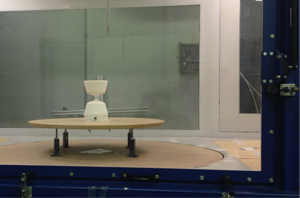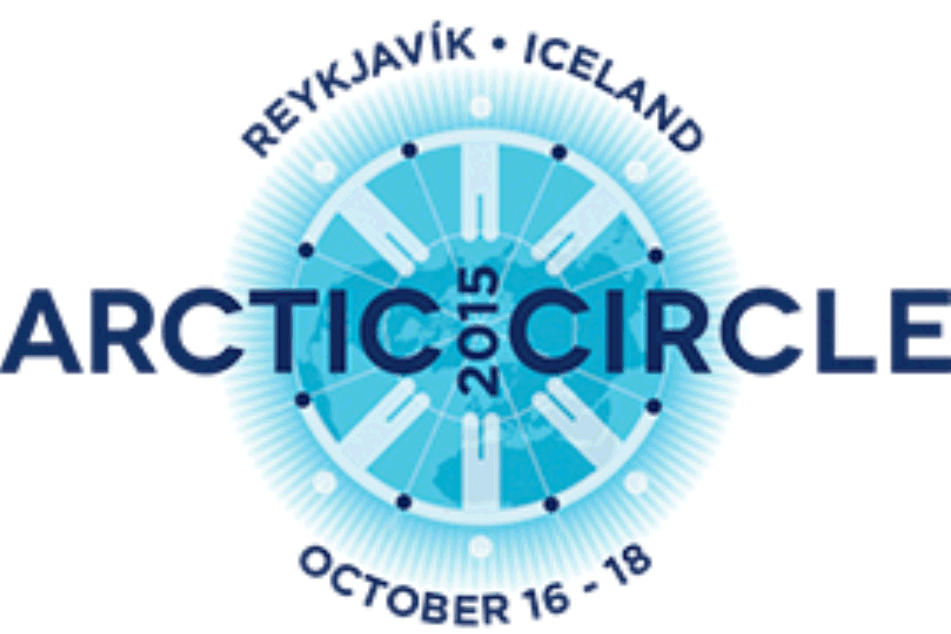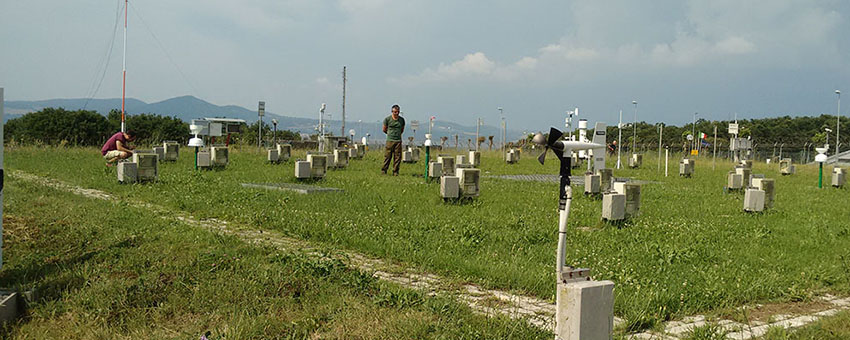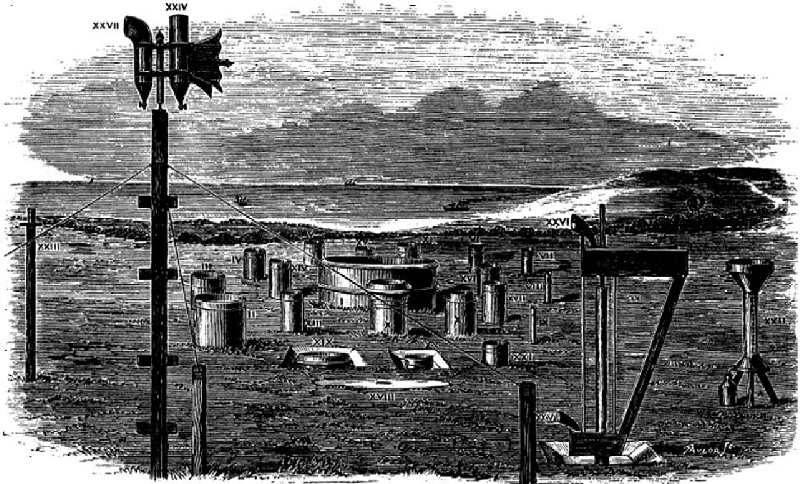
Special Issue:
"Rain sensors"
Guest Editors:
Prof. Filippo Giannetti
Prof. Luca G. Lanza
Deadline for manuscript submissions:
30 September 2021
Special Issue:
"Precipitation Measurement Instruments: Calibration, Accuracy and Performance"
Guest Editor:
Prof. Luca G. Lanza
Deadline for manuscript submissions:
30 September 2020
New publication:
Cauteruccio et al. (2020)
The role of free-stream turbulence in attenuating the wind updraft above the collector of precipitation gauges.
Journal of Atmospheric and Oceanic Thechnology, 37, pages 103-113.
(.pdf)
The first european standard on the accuracy of precipitation measurements instruments has been published as EN 17277:2019 "Hydrometry. Measurement requirements and classification of rainfall intensity measuring instruments"
kick-off meeting of the new EURAMET/EMPIR project INCIPIT "calibration and accuracy of non-catching instruments to measure liquid/solid atmospheric precipitation" hosted by the Lead Centre in Vigna di Valle.
The Lead Centre partecipated to the WMO/CIMO Technical Conference on Meteorological and Environmental Instrument and Methods of Observation in Amsterdam
The Lead Centre partecipated to the JMA/WMO Workshop on Quality Management of Surface Observations- RA II WIGOS Project in Tokyo
The Lead Centre partecipated to the Metoemet final meeting in Moncalieri (Tourin), presentig the results performed in the Research Excellence Grant (REG3) of the Meteomet2 project.
The Lead Centre partecipated to the EGU 2017 conference with poster presentations on wind tunnel experiments and precipitation measurements issues.
The Lead Centre will participate to the WMO TECO 2016 conference and the International Conference on Metrology for Meteorology and Climate with poster presentations on the more recent research developments and ongoing collaborations.

Wind tunnel experiments are currently under execution at the DICCA laboratories to provide information on rain gauges performance under turbulent winds and validation of CFD numerical analysis.
Oral presentation at the AMS annual meeting in New Orleans. Download the presentation.

Oral and poster presentations at the UrbanRain workshop (Pontresina). Download the short paper on the jointed CFD activity with EML.
The Lead Centre has recently signed a new research agreement with LSI LASTEM to study an improved rainfall intensity sensor compliant with UNI 11452:2012.

Presentation at the Arctic Metrology breakout session of the Arctic Circle 2015 Assembly.
New publications about the Lead Centre CFD studies available on AMS journals.

Installation and set-up of aerodynamic gauges and a laser disdrometer at the Vigna di Valle field site.
The history of instrument intercomparisons in the case of rainfall measurements dates back significantly in the last centuries. Symons realized the first intercomparison of rain gauge instruments at Hawskers - Yorkshire, UK in 1858 (from Stow, 1871 as reported by Goodison et al., 1998), whose experiments in the field are depicted below. However, most international rain gauges intercomparison efforts focused on accumulated amounts of precipitation, low intensity rainfall (snow) and sometimes only on qualitative RI information (light, moderate, and heavy).

The latest WMO international intercomparison effort had the objective to assess and compare counting and catching errors of both catching and non-catching type of rain intensity gauges.